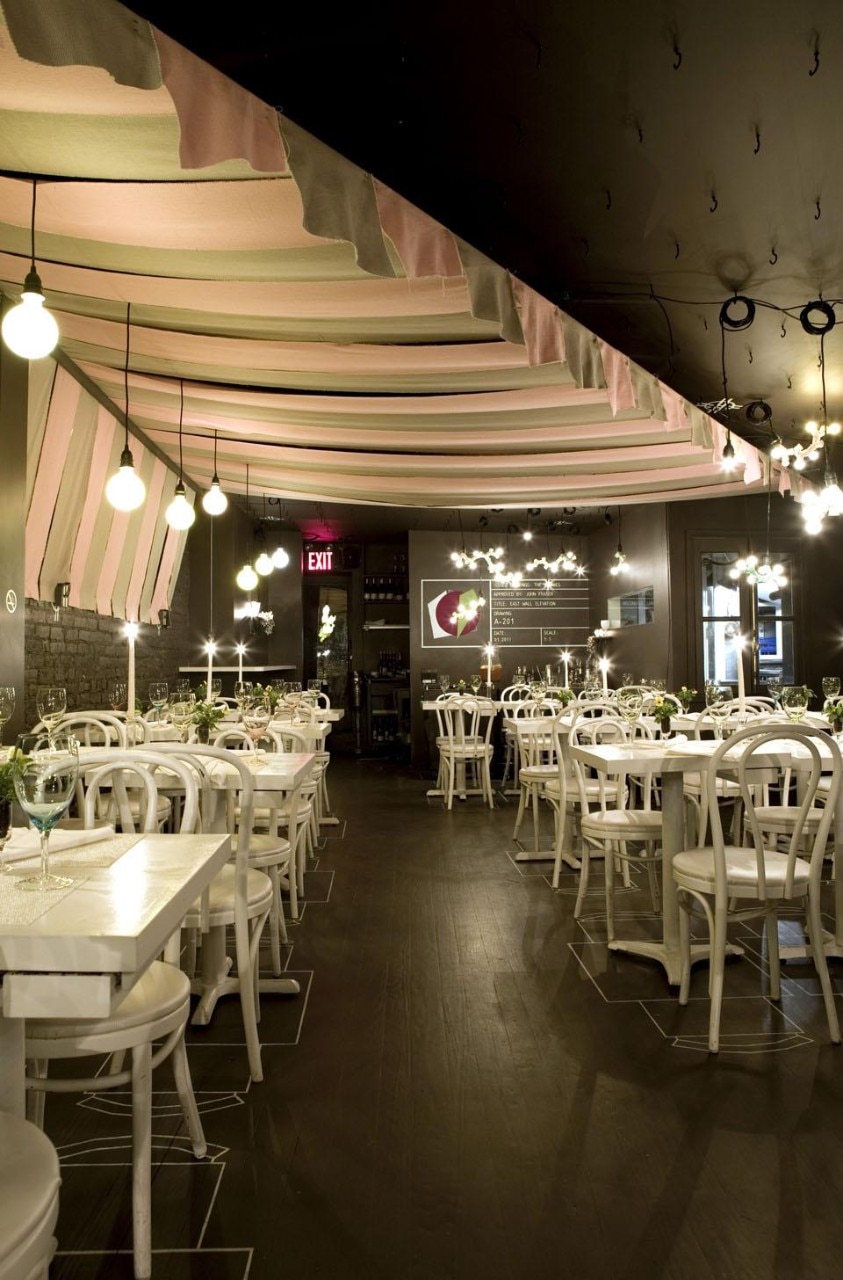Enter New York City-based chef John Fraser. In January he opened What Happens When, a short-lived restaurant installed in a storefront just off Pretrosino Square in Soho, and closed it in late June. Pop-up restaurants aren't a new phenomenon; they're just a step below food trucks on the culinary trend scale. But Fraser, best known for his Upper West Side eatery Dovetail, looked to the model as an experiment, a chance to take off his Michelin-starred toque.
First, the sober facts: Originally meant to remain open for until fall, when the building was slated to be demolished, Fraser's enterprise shuttered early due to trouble with its liquor license. In the few months the restaurant was open to the public the chef kept experimentation high by keeping overhead low. He held a short-term lease well below market rate and rather than soliciting swanky investors, he used the fundraising website Kickstarter to raise start-up capital through small contributions.

Pop-up restaurants aren't a new phenomenon; they're just a step below food trucks on the culinary trend scale. But Fraser looked to the model as an experiment, a chance to take off his Michelin-starred toque.

